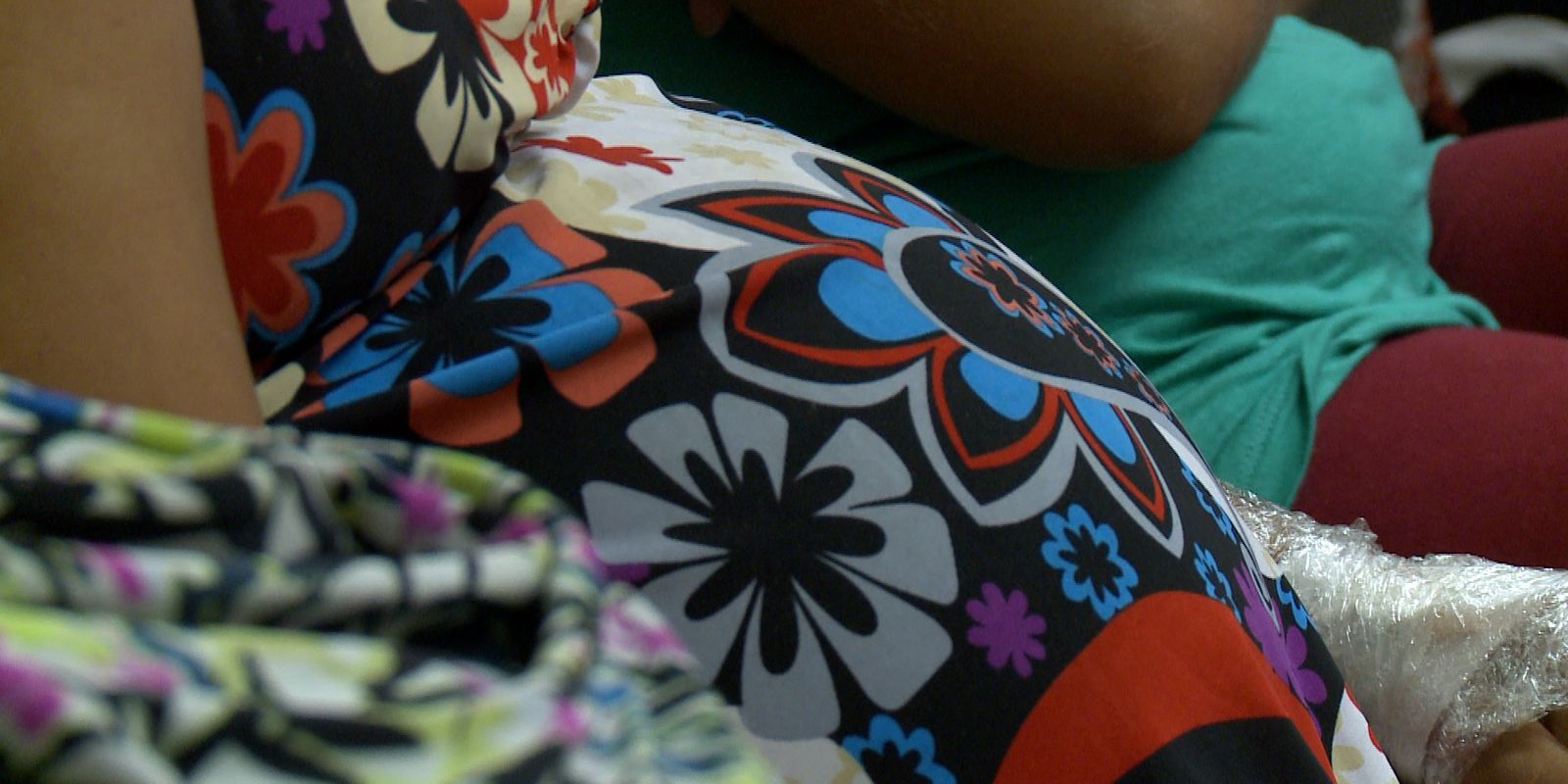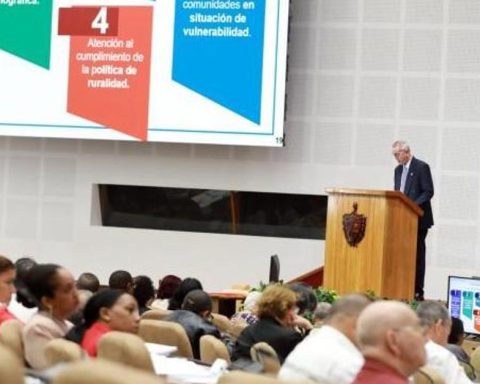The maternal death ratio (MMR) in the national territory is about 35% higher than that calculated and announced based on the current methodology, reveals a study released this Thursday (7) by the Brazilian Obstetric Observatory (OOBr), which presented data unpublished reports on deaths of pregnant and postpartum women in the country in the 2019/2021 triennium.
The data refer to the number of deaths of women aged between 10 and 49 that occurred during pregnancy, childbirth or the puerperium, but not counted by the Ministry of Health because they were not classified in one of the predetermined categories for maternal death of the international classification of diseases. (CID). The most common case of obstetric maternal death is high blood pressure (eclampsia).
In the research, cases were also analyzed in which the death certificate pointed to the death of a pregnant woman, postpartum woman up to 42 days, but which were not included in the declared (official) maternal death data, excluding cases resulting from suicide, violence, shooting firearm etc.
Heart diseases, infections, pulmonary embolism and unspecified diabetes mellitus among other infections were not included in the official maternal death data.
“For example, a pregnant woman who died with an infection, but the code placed on the death certificate was different from those commonly used for maternal death. [iniciados com a letra O, por exemplo, O99 — Outras doenças maternas, complicando a gravidez, o parto e o puerpério]even if it has been stated that she died during pregnancy, this case will not be counted as a maternal death”, explains Rossana Pulcineli Vieira Francisco, associate professor of the obstetrics discipline at the University of São Paulo School of Medicine, one of the coordinators of the Obstetric Observatory.
The OOBr study took into account reported and undeclared maternal death data and reviewed data from the Ministry of Health’s Mortality Information System (SIM).
Added to the unreported deaths are the deaths of women aged between 10 and 49 that occurred during the late postpartum period (from 43 days to one year after delivery), but which are also not included in the official data of the Ministry of Health of Brazil.
According to the World Health Organization (WHO), maternal death is the “death of a woman while pregnant or within 42 days of termination of pregnancy, from any cause related to or aggravated by
due to pregnancy or measures related thereto, but not due to accidental or incidental causes”.
Also according to the WHO, late maternal deaths are those that occur between 43 days and less than one year after the end of pregnancy, under the same conditions.
The study and statistics were presented by OOBr coordinators Rossana Pulcineli Vieira Francisco and Agatha Rodrigues, who is an associate professor at the Department of Statistics at the Federal University of Espírito Santo.
Currently, Brazil is far from meeting the United Nations (UN) Sustainable Development Goals (SDGs). Preliminary quantification of the maternal death ratio in 2021 points to 107.4 deaths per 100,000 live births, and the country’s commitment is to reduce it to 30 deaths/100,000 by 2030.
Professor Rossana Pulcineli Vieira Francisco says, however, that, with adequate data, it is possible to change the reality of health in the country. “The underreporting of cases falsifies the real situation in relation to maternal death. With the data shown in the study, we can design quality public policies for each of these situations that lead to deaths”.
Ministry of Health
In a note, the Ministry of Health informs that the algorithm used to operationalize the World Health Organization concept and select the number of deaths classified as maternal in the Mortality Information System is made from the fields underlying cause and time of death.
Brazilian maternal death ratio from 2016 to 2021
| Year | Number of maternal deaths | Number of live births | Maternal death ratio (per 100,000 live births) |
|---|---|---|---|
| 2016 | 166 | 2,857,800 | 58.3 |
| 2017 | 1716 | 2,923,535 | 58.7 |
| 2018 | 1658 | 2,944,932 | 56.3 |
| 2019 | 1575 | 2,849,146 | 55.3 |
| 2020 | 1964 | 2,730,145 | 71.9 |
| 2021 | 2857 | 2,660,425 | 107.4 |
Source: SIM (mortality data) – Sinasc (number of live births) – *Unconsolidated data (preliminary).
OOBr Platform
Also today, the Brazilian Obstetric Observatory launched new platform interactive monitoring, analysis of public data, dissemination and sharing of relevant information in the field of obstetrics in Brazil. Exploratory data analysis is available, with online visualization, dynamics and filtering options.
The OOBr informed that it adopts methods of machine learning to responsibly analyze public data available in different databases on obstetric health in Brazil, always considering the large amount of information not computed in different situations.













![[Video] Spectacular accident on the Medellín - Bogotá highway leaves at least three dead [Video] Spectacular accident on the Medellín - Bogotá highway leaves at least three dead](https://latin-american.news/wp-content/uploads/2022/07/Video-Spectacular-accident-on-the-Medellin-Bogota-highway-leaves-1024x599.jpg)



